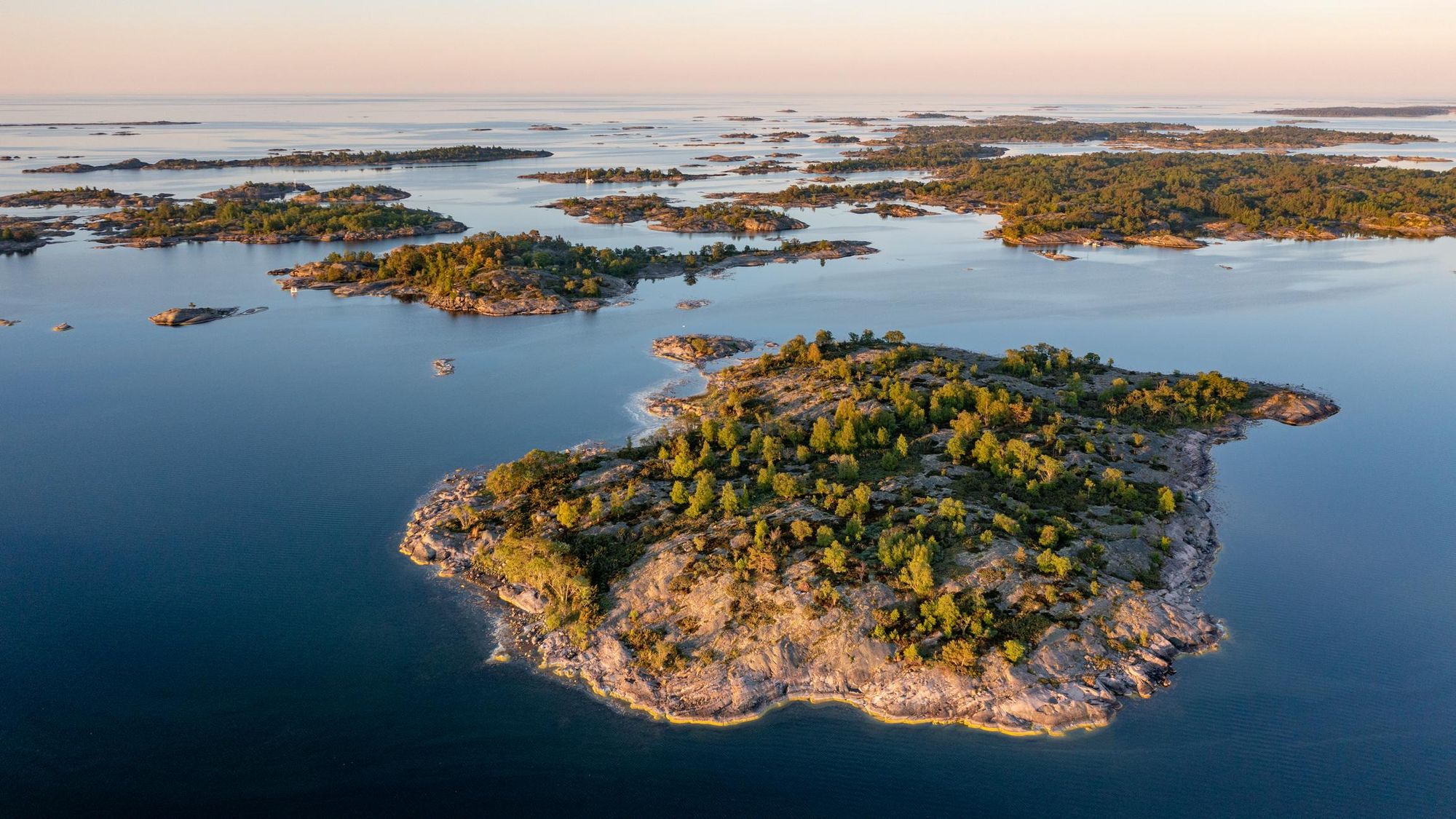The Stockholm Archipelago is a sprawling collection of 30,000 serene islands, rugged islets and rocky skerries, peppered with spruce trees and shrubs, and splashed out across the blue of the Baltic Sea.
Although these mostly untouched islands are scattered across a vast area, many are clustered densely together, creating calm, shallow channels ideal for kayaking. Pitch a tent on the outer reaches of this dreamy archipelago, and you can watch as the sun sets over the water, completely unobstructed.
There’s 30,000 islands to explore. Our guests say it’s a little bit like a maze.
This is not a heavily-trafficked area. “Even among Swedes, if you don’t have a family home out on the archipelago, you probably don’t know what to do or where to go,” says Adam Åbonde Garke, a local kayaker and route-planner.
“There’s 30,000 islands to explore. Our guests say it’s a little bit like a maze.”
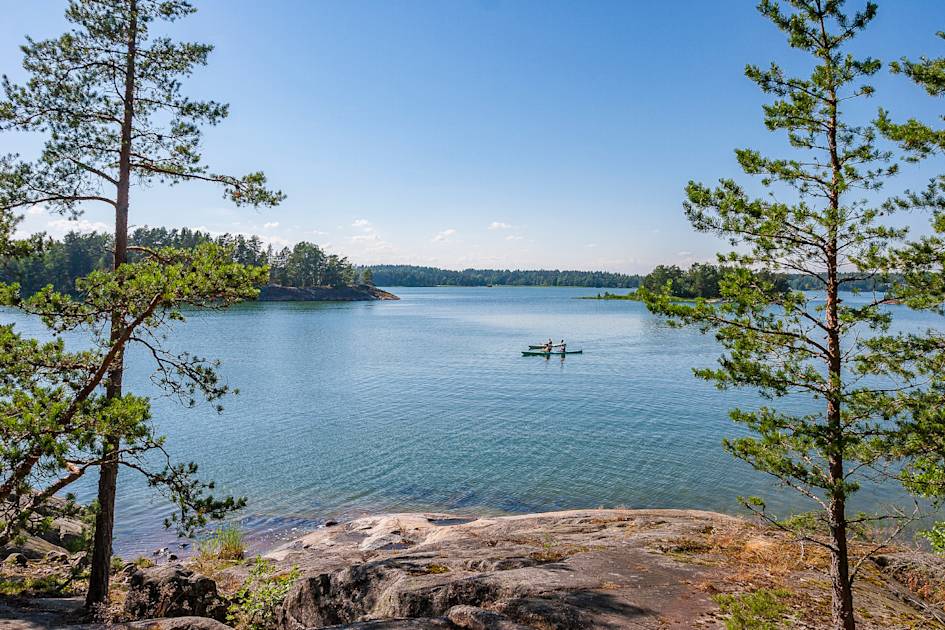
There are a handful of larger islands in the archipelago, some long inhabited by farming communities, and others known as the old haunts of Sweden’s great painters, but many more are simply rock and shrub; islets that look much like they would have when first sculpted out by the last ice age, many millennia ago.
Despite being under an hour’s drive from the city of Stockholm, a city itself built on islands, few know the archipelago exists. Fewer yet have explored it.
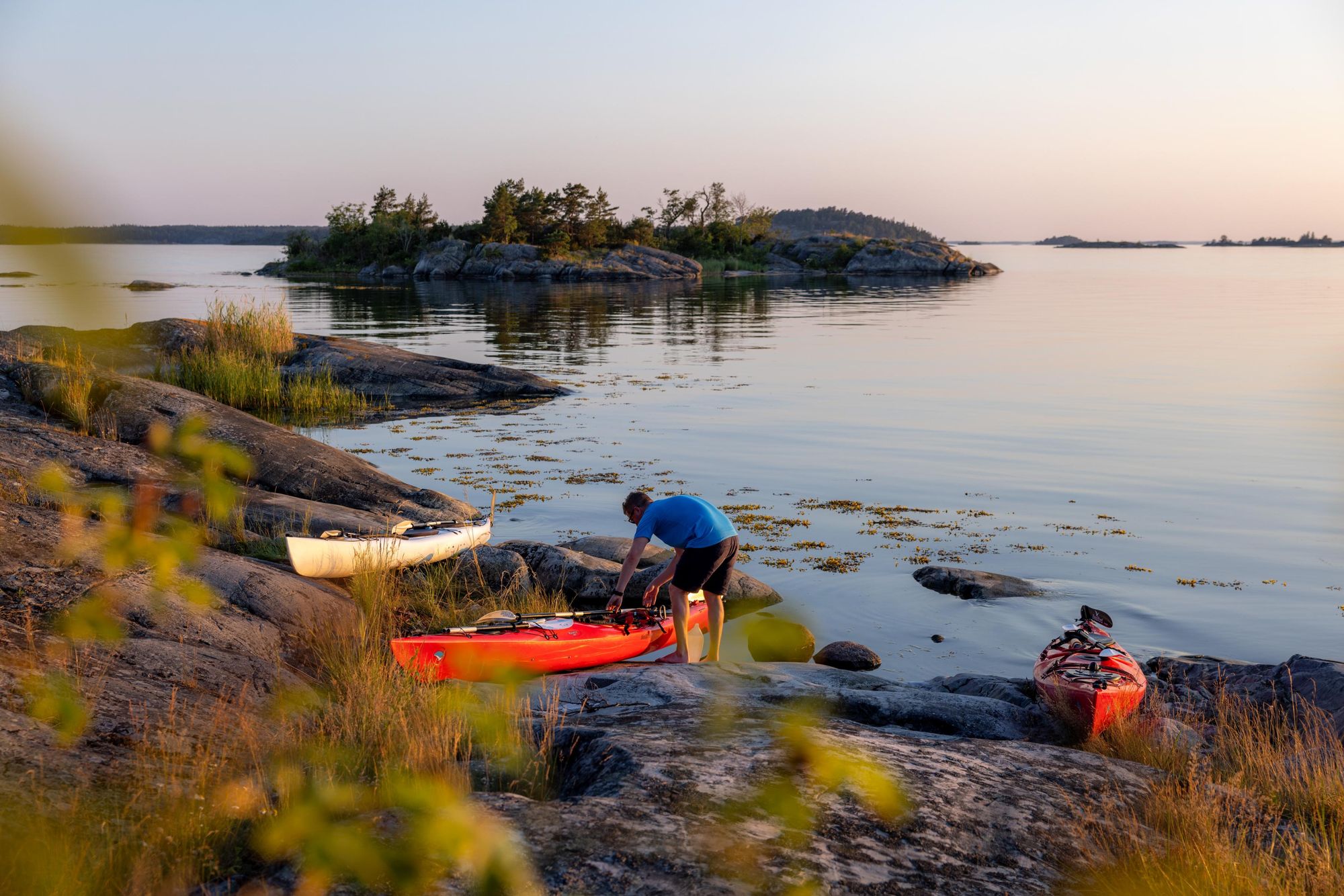
Adam, along with Jakob Rudberg, is the co-founder of The Kayak Trail – a new paddling route which enables kayakers to navigate the waters of the archipelago.
The trail runs past old limestone islands, into Bullerö nature reserve, to Nämdö, one of the biggest islands in the archipelago, and deep into Nämdöskärgården National Park, where it's unlikely you'll see another human.
“The Stockholm Archipelago has been Sweden’s best kept secret,” says Jakob. “Except, we don’t want to keep the secret – we want to spread the word. Most people who come to Stockholm, the capital, don’t know about the archipelago.
On Bullerön, there's a public sauna, and there's a long history of both agriculture and people living permanently there
“We created the trail as a tool for anyone who wants to explore the archipelago. Even if you have your own kayak. It’s on the water, so there are obviously no physical markings, but it’s a digital resource, and a physical one in terms of maps – recommended routes to take in order to see the best places you can see with a kayak, and in a safe and sustainable way, steering clear of bird protection areas and making sure you’re close to land whenever it’s possible.”
Another trail, The Stockholm Archipelago Trail, also exists. It’s an 167-mile (270km) hiking trail over 20 islands in the archipelago, running from Arholma in the north to Landsort in the south. “The trails are on the larger islands, because most of the islands are so small you can walk around them in five minutes,” says Jakob. “Some of it goes through old forest, or a cultural landscape, where there has been agriculture or there are small red cottages. The trail passes lakes where you can swim and goes up to viewpoints.
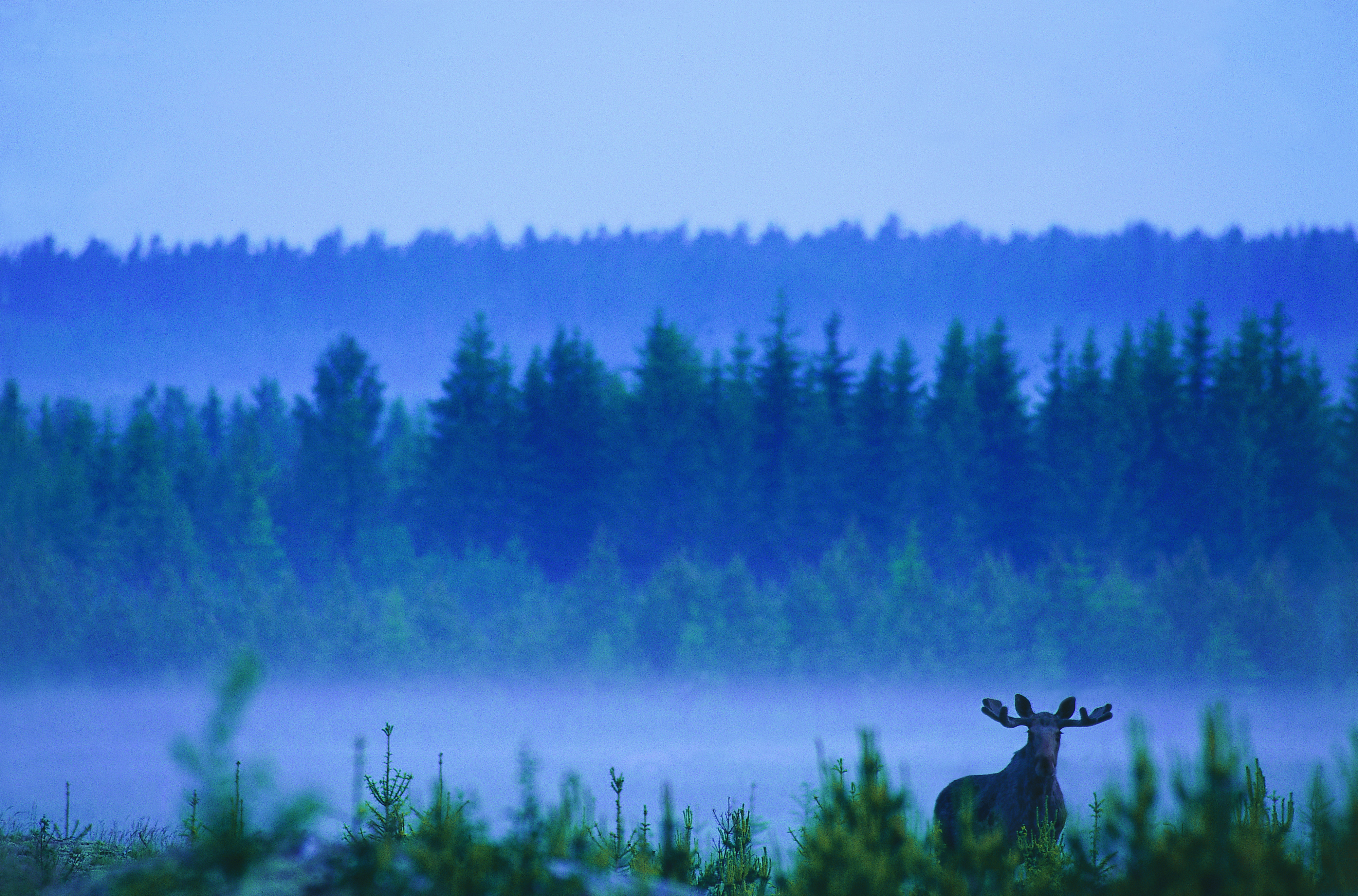
“On Bullerön archipelago, there's a public sauna, and there's a long history of both agriculture and people living permanently there, but also of artists being out there in the 1800s and being inspired by nature; by being out there.”
The famous wildlife painter Bruno Liljefors bought a collection of islands here in 1908, and built a studio from which he would paint in 1909. He would hunt, paint and party here with Albert Engström, another renowned Swedish artist, and with Carl Cederström, a pioneering aviator known as "the flying Baron."
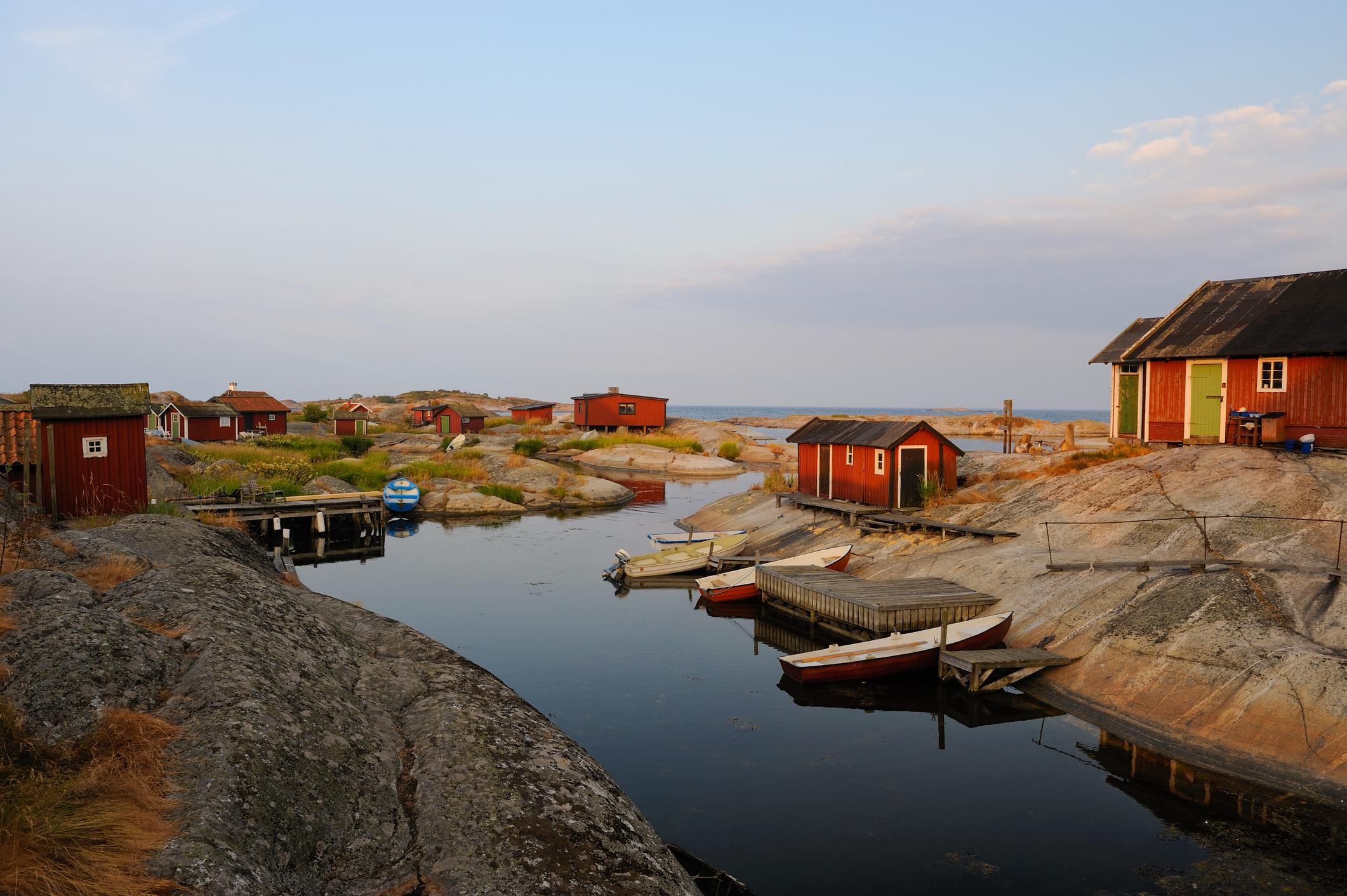
Jakob continues: “Of course, in the product we’re launching with Much Better Adventures, we include both. You kayak on the Stockholm Kayak Trail and then you also hike on the Stockholm Archipelago Trail."
The new four-night adventure offers adventurers the chance to wild camp on the islands and truly explore them, heading out to the wild edge of the archipelago.

“Combining the two trails is perfect,” says Adam. “The kayak is the best way to get yourself between stretches of the Stockholm Archipelago Trail. If you only wanted to hike, there are ferry lines, but it is more logistically complicated. In the kayak, you can just go to the next island.
"It’s an amazing area, and we don’t have any tidal waters; no strong underwater currents, anything like that. It’s almost like being on a lake, but it’s the Baltic Sea. Lots of islands are quite close together, so you’re seldom exposed. You can almost always find a semi-sheltered route and you’re usually close to land.”
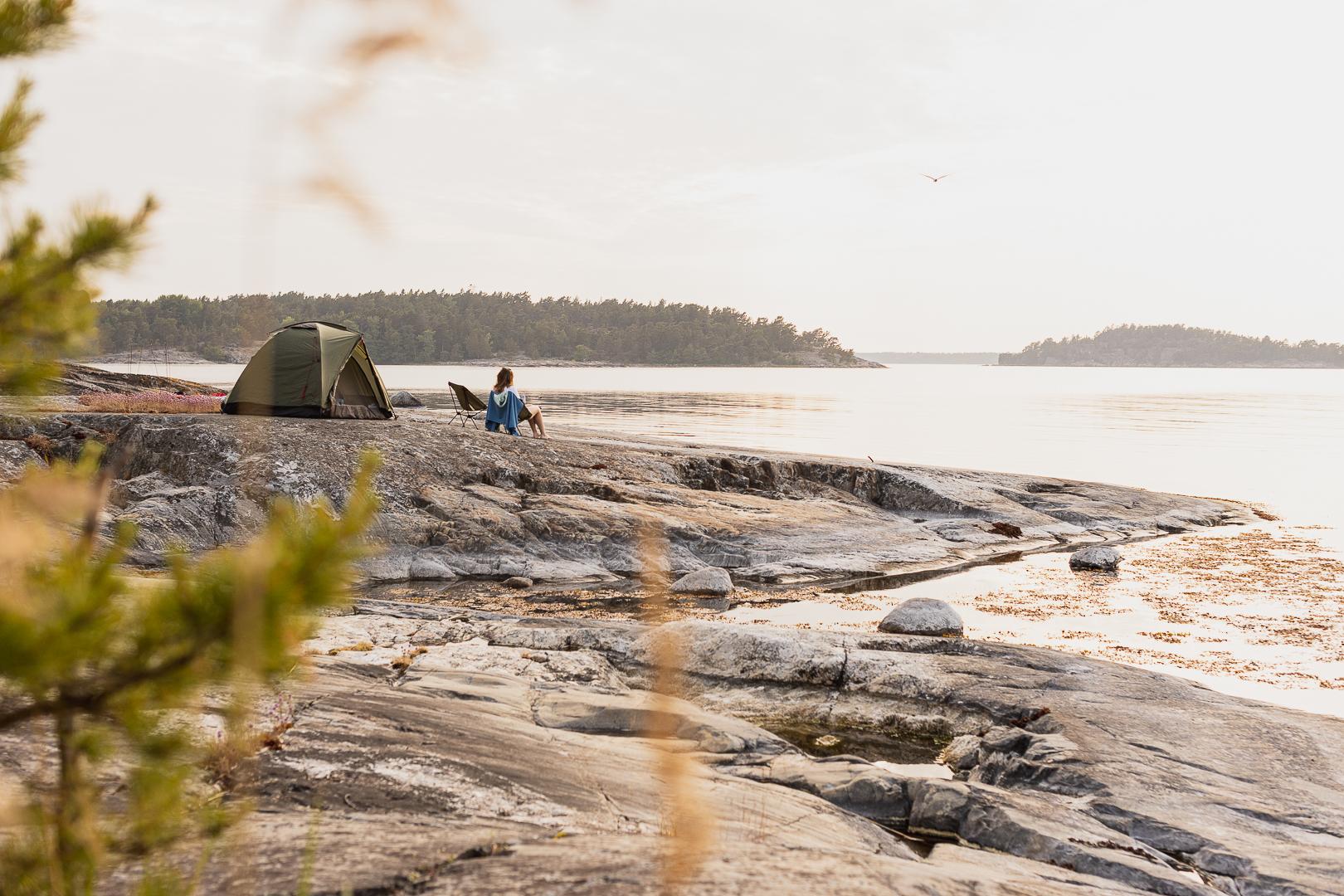
That means no kayaking experience is required, as long as you've got a guide.
“Maybe half our guests are completely new to it,” says Jakob. “The rest might have kayaked once or twice before, and there are groups that do regular kayaking holidays. A lot of the archipelago is very shallow as well, so it's inaccessible with, for example, sailboats or large motorboats."
In a kayak, you see the landscape up close.
We talk about the public right of access, which enables anyone to wild camp, basically anywhere...
Adam continues: “We started the trail initiative to help people get out, regardless of whether they use our services or go by themselves – to lower the barriers. When we design our trips, we try to include as much service as possible. So just essentially, you come to Sweden, and then we can pick you up and drive you out, and we'll have everything from food to camping equipment to kayaks to guiding.
“Our guides know about the nature reserves that you’re passing; about the fishermen, and why there’s free-roaming sheep on some islands.”
Jakob continues: “We focus a lot on transferring knowledge to our guests. We talk about the public right of access, which enables anyone to wild camp, basically anywhere, and the Swedish tradition of using rules and our philosophy – do not disturb, do not destroy.”
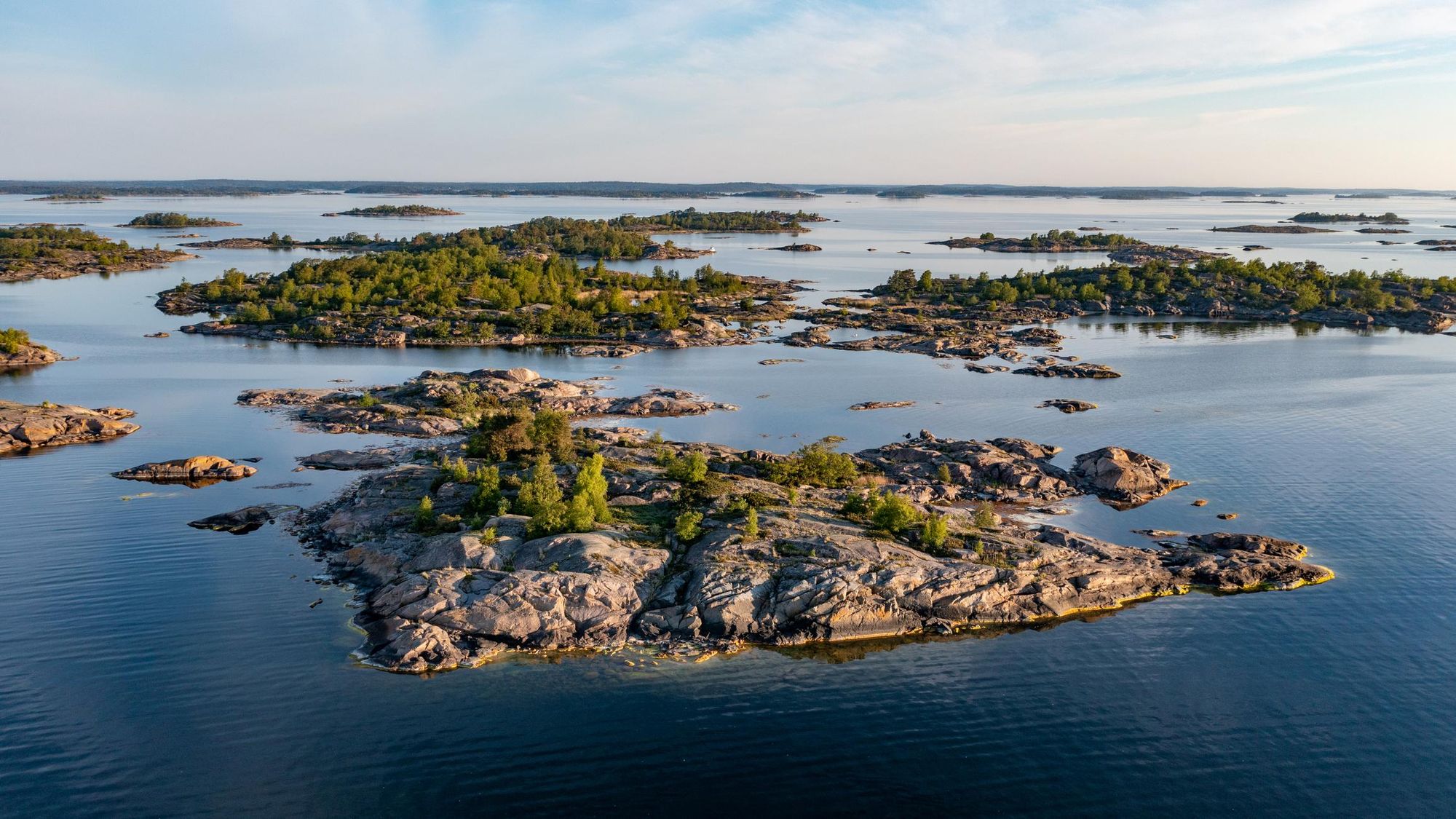
The vast majority of these islands are completely isolated and peaceful.
“Of course, there are some busy spots,” says Adam. “But we know them – so typically we pick another way.” Jakob continues: “Some people don’t want to meet a single other person, and we tell them to come at the end of August and that’s possible. Other people do want to explore island life and see the culture and we can do that too. There's a smorgasbord of opportunity.”
He laughs: “The Swedish version of crowded is also very different from other versions of crowded. Me and Adam, if we go to an island and there are three other kayakers, we will call it crowded. Even in peak season, most of our guests, for at least some nights, will be alone.”

Part of the archipelago is in the Nämdöskärgården, Sweden’s newest national park and the first marine national park in the Baltic Sea. It was only inaugurated as such in September.
“It now has the highest level of nature protection in Sweden,” says Jakob. “There are very strict rules on what you can build out there. So it really feels like you are out in the wilderness. And then we have the very special geology of the archipelago. It’s mainly rock carved by the Ice Age, so it has a very rugged nature feel. But in the summer, it’s so warm and welcoming.”
The archipelago is home to a world of wildlife; grey and harbour seals, razorbills and skuas, white-tailed eagles and ospreys, and roe and fallow deer on land.
“There’s a lot of animal life,” says Adam. “And you are likely to see it if you kayak.
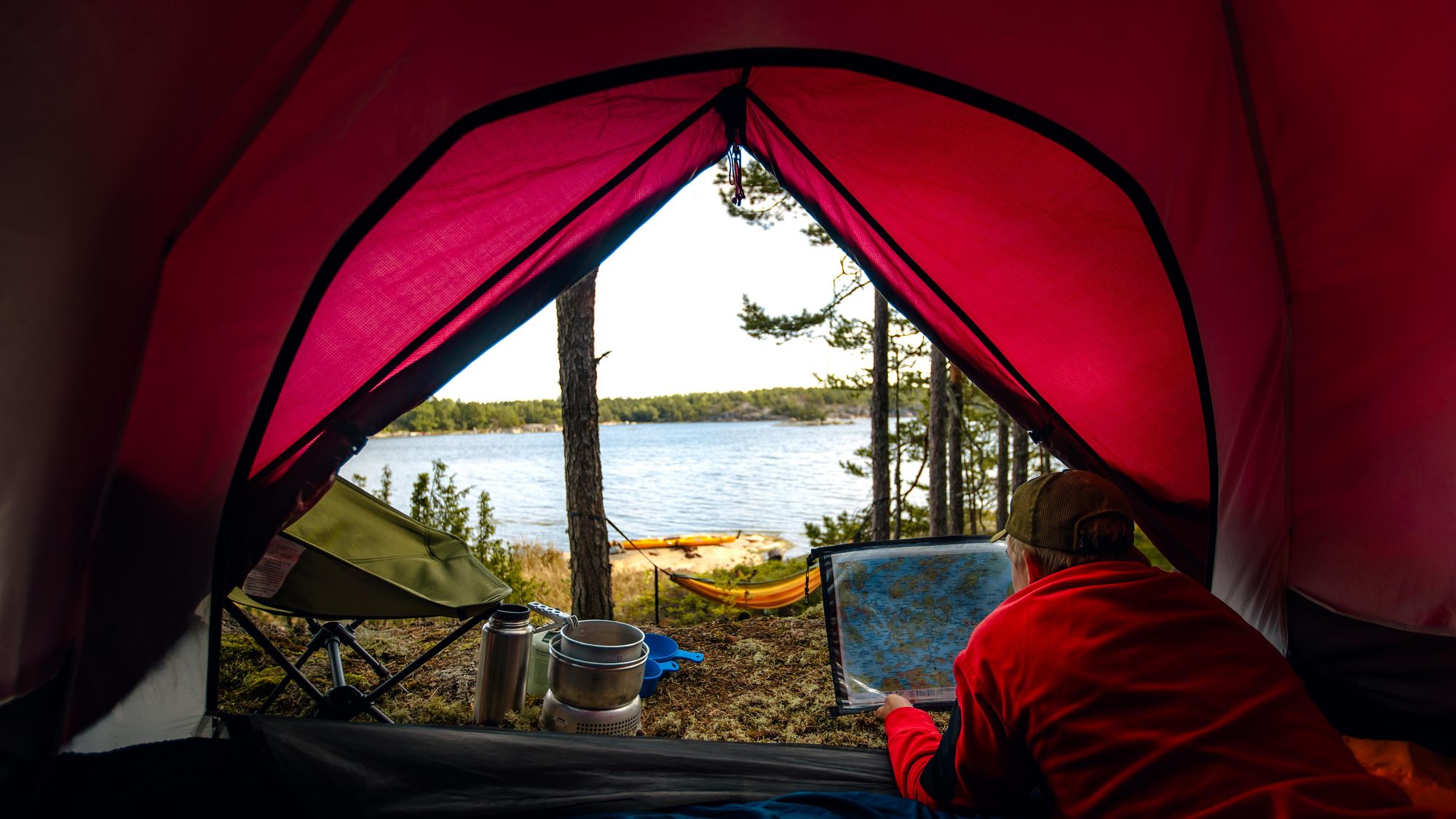
“The increased protection means restrictions on boats, and how fast they can go, which is nice, but you can still wild camp in the area. They wanted to protect that tradition of outdoor life.”
I prompt Adam to recall one of his favourite days out exploring the archipelago.
We took a detour out there and we just sat in that lagoon looking out over the horizon...
“I remember, many years ago, I was kayaking through what is now the national park,” he says, “On the outskirts of the national park, there is a really beautiful island called Tärnskär, which is almost completely flat. There's a small lagoon on that island, because sea water splashes in, and then it warms up. So it's like a warm pool. It's as far out as you can go [in Sweden]. Next is Estonia. Me and my uncle were kayaking in the area, and it was a beautiful day – no wind – so we took a detour out there and we just sat in that lagoon looking out over the horizon.
"Sweden has loads to offer, and the archipelago is especially amazing, but almost no one knows about it."
Perhaps the most astounding thing about this place, given its proximity to the Swedish capital, is just how it has managed to go under the radar for so long.
“Even though we’re remote and in the wilderness where we are, it’s only 45 minutes into the city by car,” says Jakob. “People often stay a couple of extra days to add a city break in Stockholm.”
The Swedish capital is vibrant and charming; set across 14 islands and lush with greenery. But in this quiet archipelago of 30,000 islands, the mind can free itself from the strain of modern life. If Stockholm is a showcase of past and present Sweden; the archipelago is the perfect embodiment of Sweden's outdoor heart.
Inspired? Kayak, Hike and Wild Camp the Stockholm Archipelago in 2026!

